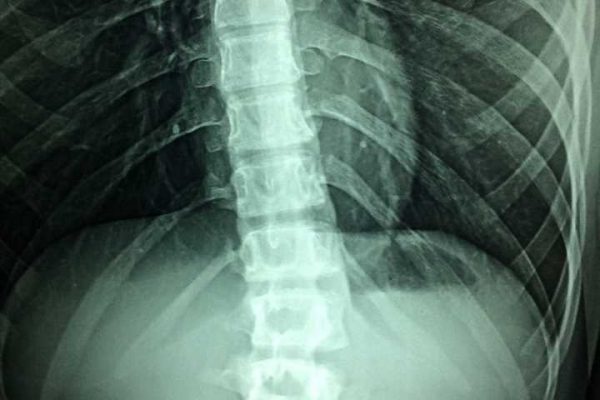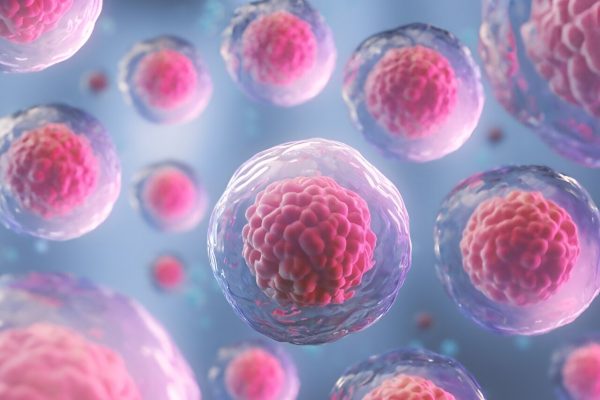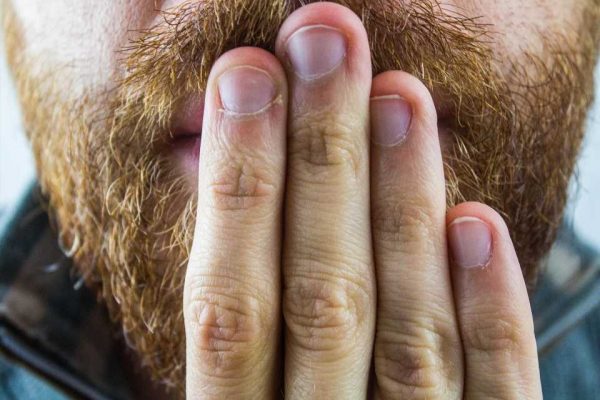Gout: Dr. Rosemary Leonard advises on symptoms and treatment
We use your sign-up to provide content in ways you’ve consented to and to improve our understanding of you. This may include adverts from us and 3rd parties based on our understanding. You can unsubscribe at any time. More info
Gout is a painful condition affecting a growing number of Brits. Many dismiss it as a part of the ageing process, but ignoring the signs of it could lead to serious complications. The sooner you get diagnosed and seek treatment the better – here are three symptoms you shouldn’t ignore.
Gout affects thousands of Brits; it’s estimated between one and two in every 100 people in the UK are affected by the condition according to the NHS.
Gout is known to cause severe joint pain and while this symptom will be hard to ignore, there are other more subtle symptoms you may be missing.
The condition mainly affects men over 30 and women after they have been through menopause.
Diet and other lifestyle factors such as exercise can also contribute to the onset of gout, but it can sometimes run in families.


Although this condition is more common in men than women, all Brits should watch out for these five key symptoms.
Pain in your toe
The most common sign of gout is severe joint pain, this is typically felt in your big toe, but it can be felt in other joints too.
Joint pain in your feet, hands, wrists, elbows or knees could also point to gout.

Kidney stones
Gout occurs when there’s too much of a chemical called crate in your blood.
This causes uric acid crystals to build up in your joints which causes inflammation and pain in these areas.
If you have severe gout you might develop kidney stones as the excess uric acid can build up and develop into these stones.

Lumps and bumps around your joints
If you have severe gout, you may develop bumps under the skin around your joints.
This occurs as uric acid crystals start to collect around the joints creating lumps called tophi.
They typically form around the joints, but they can appear almost anywhere on the body, so if you are experiencing joint pain and these occur you should see your GP urgently.

How is gout treated?
Gout attacks are painful and they can last between five to seven days before they get better.
To avoid lasting damage to joints, the NHS recommends early treatment.
If you are diagnosed with gout, the attack will usually be treated with a non-steroidal anti-inflammatory such as ibuprofen.
Sometimes steroids in the form of tablets or an injection may be needed if the pain or swelling doesn’t go down.
To prevent or reduce gout attacks the NHS recommends sufferers make the following lifestyle changes:
- Maintain a healthy weight
- Eat a healthy diet
- Cut back on alcohol
- Exercise regularly (but avoid exercises likely to put pressure on your joints)
- Stop smoking
- Avoid eating offal, such as kidneys or liver, or seafood
Source: Read Full Article






